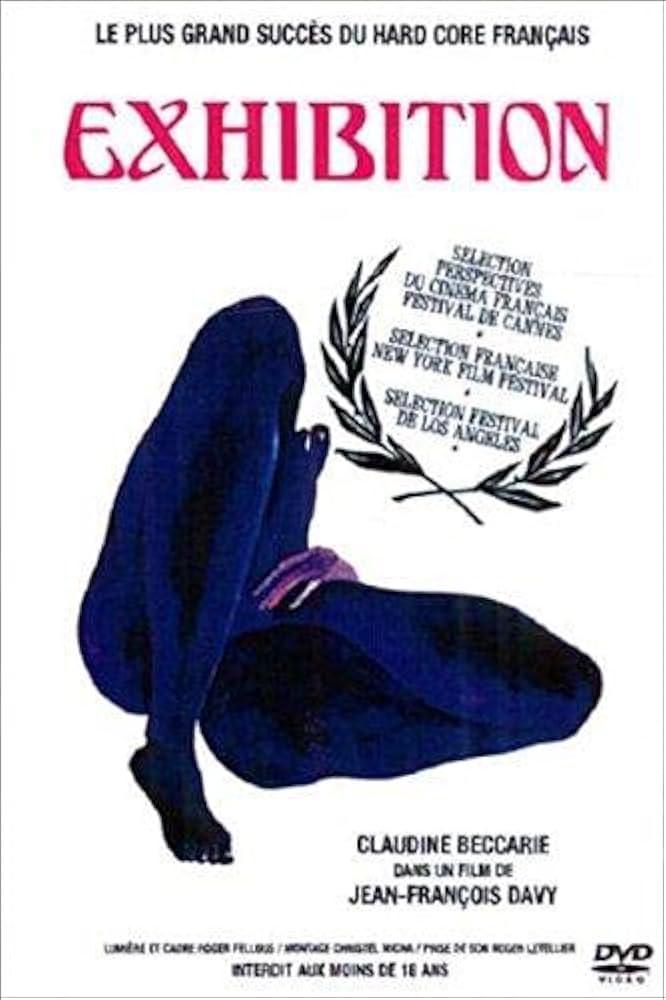Exhibition Cinema at Last! Arts, Images, and Entertainment in France (1833–1907) Opens at Musée d’Orsay
Paris — The Musée d’Orsay has launched a groundbreaking exhibition exploring the birth and evolution of cinema in France between 1833 and 1907, a pivotal era when moving images transformed arts and entertainment. Titled Cinema at Last! Arts, Images, and Entertainment in France, the show traces the innovative intersections of photography, painting, and early cinematography that shaped the modern visual experience. Bringing together rare artifacts, archival footage, and interactive displays, the exhibition offers a fresh perspective on how French pioneers forged new artistic languages and captivated audiences in the dawn of the cinematic century.
Exhibition Cinema Revival Explores the Birth of Moving Images in France
The revival at Musée d’Orsay offers an immersive journey through the formative years of moving images in France, spotlighting seminal inventions and the genius of early pioneers such as the Lumière brothers and Georges Méliès. Visitors will encounter a rich tapestry of rare artifacts, early cinematic devices, and original film reels that collectively illustrate the evolution from static illustrations to dynamic storytelling on screen. The exhibition not only traces technological innovations but also celebrates the cultural and artistic ferment that defined the era, highlighting how cinema emerged as a new art form intersecting with painting, photography, and theatre.
Highlights feature interactive displays and detailed timelines, allowing guests to explore:
- Photography breakthroughs enabling the capture of motion
- Mechanical contraptions like the zoetrope and kinetoscope
- Public screenings that reshaped entertainment culture in urban France
- Pioneering filmmakers whose imaginative works laid cinematic foundations
The exhibition’s curated sections further emphasize the symbiotic relationship between French visual arts and emerging cinema, underscoring how these creative forms influenced each other from 1833 up to the dawn of the 20th century.
| Year | Key Development | Pioneer |
|---|---|---|
| 1833 | Phenakistoscope craze in Paris | Joseph Plateau |
| 1895 | First public cinema screening | Lumière Brothers |
| 1902 | Release of “A Trip to the Moon” | Georges Méliès |
Navigating the Intersection of Art and Early Film at Musée d’Orsay
At the core of this vibrant exhibition lies a compelling exploration of how artistic innovation and nascent cinematic techniques intertwined to reshape visual storytelling in late 19th-century France. Visitors encounter a dynamic interplay of mediums—from the delicate brushstrokes of impressionist painters to the flickering images of early film projections—that reveal how each inspired and challenged the other. The Musée d’Orsay skillfully curates a dialogue between static images and moving pictures, highlighting seminal works that capture the excitement and experimentation of an era where the boundaries of art were rapidly expanding.
This immersive experience is punctuated by a selection of rare artifacts and multimedia displays, offering a window into the evolution of popular entertainment forms. Highlights include:
- Antique magic lanterns illuminating early projections
- Original posters advertising the first film screenings
- Paintings that depict burgeoning urban nightlife and spectacle
- Interactive stations showcasing the mechanics behind early cinematographic devices
| Year | Artistic Landmark | Cinematic Innovation |
|---|---|---|
| 1833 | Introduction of chromolithography | Early optical toys emerge |
| 1895 | Impressionist exhibitions flourish | Lumière brothers’ first film screening |
| 1907 | Symbolist art peak | Silent narrative films gain popularity |
Unveiling Pioneers Who Shaped Entertainment from 1833 to 1907
Delving deep into the formative years of modern entertainment, this exhibition shines a spotlight on the trailblazers whose innovations laid the groundwork for cinema and visual culture between 1833 and 1907. Figures such as Louis Daguerre, the father of photography, and Étienne-Jules Marey, an early pioneer in motion studies, are celebrated for their relentless pursuit of capturing and animating images. Their breakthroughs not only transformed how stories were told but also ignited public fascination with moving pictures, setting the stage for the golden age of cinema.
The display also presents an engaging overview of key inventions and milestones that defined the era:
- The Magic Lantern: An early device projecting painted or photographic images onto surfaces, enchanting audiences with magical storytelling.
- Kinetoscope: Thomas Edison’s groundbreaking peek-through motion picture viewer, offering personal immersion into moving images.
- Chronophotography: Techniques capturing motion in sequences, essential for understanding human and animal movement.
| Inventor | Contribution | Year |
|---|---|---|
| Louis Daguerre | Photography Process (Daguerreotype) | 1839 |
| Étienne-Jules Marey | Chronophotography | 1882 |
| Auguste and Louis Lumière | Early Motion Picture Projection | 1895 |
Must-See Highlights and Expert Tips for Visiting Exhibition Cinema
Explore the Intersection of Art and Early Cinema: Delve into a captivating collection that traces the evolution of moving images from 1833 to 1907, revealing how pioneers of cinema blended artistic creativity with technological innovation. Marvel at rare artifacts, from early photographic devices and hand-painted slides to cinematic panoramas that laid the groundwork for visual storytelling. Special emphasis is given to the cultural interplay between arts and entertainment in France, highlighting foundational contributions that shaped modern film.
- Must-see exhibits: Zoetrope collections, Lumière brothers’ apparatus, and hand-colored lantern slides.
- Expert insights: Curator audio guides and scheduled talks on the fusion of art and technology.
- Interactive experiences: Try your hand at early animation techniques through workshop stations.
| Pro Tip | Best Time to Visit | Accessibility |
|---|---|---|
| Book tickets online to avoid queues and secure audioguides. | Weekday mornings, especially Tuesday to Thursday. | Fully wheelchair accessible with dedicated seating areas. |
| Arrive early for exclusive curator-led tours. | Off-peak hours offer a more intimate experience. | Braille descriptions available for visually impaired visitors. |
The Conclusion
As the Musée d’Orsay’s exhibition “Exhibition Cinema at Last! Arts, Images and Entertainment in France (1833-1907)” draws to a close, visitors are invited to reflect on the profound impact of early cinema on the cultural landscape of France. By tracing the interplay between artistic innovation and emerging entertainment technologies, the showcase offers a compelling glimpse into how moving images reshaped public imagination and artistic expression. This landmark exhibition not only celebrates cinema’s pioneering spirit but also reaffirms its enduring place at the heart of France’s rich cultural heritage. For those eager to explore the origins of modern visual storytelling, the Musée d’Orsay continues to illuminate the vital connections between art and the silver screen.




